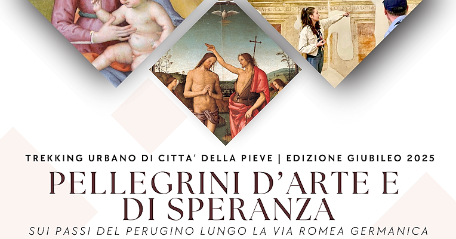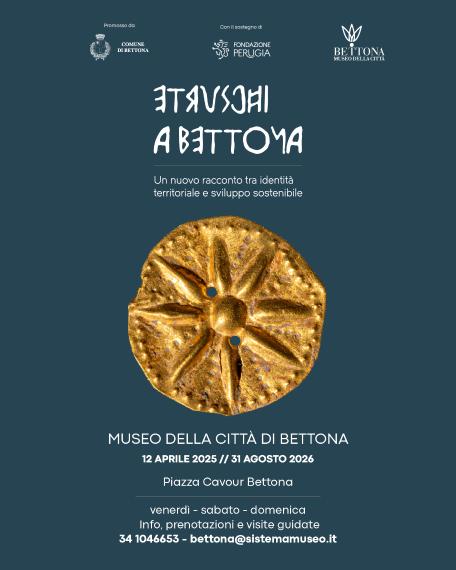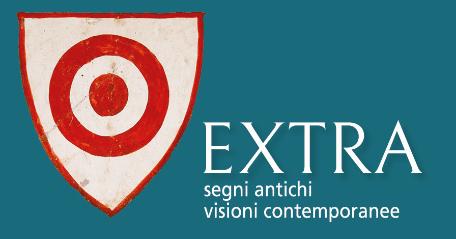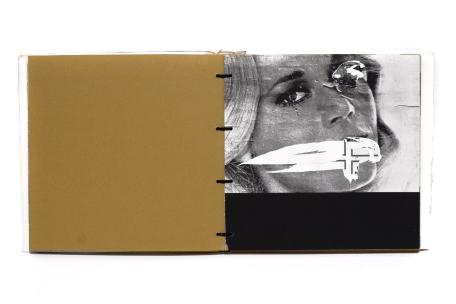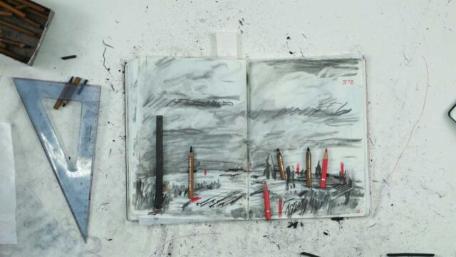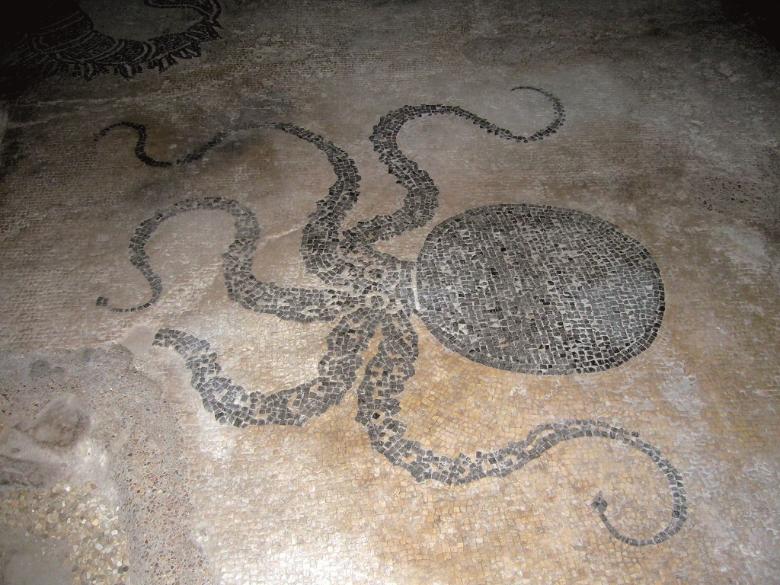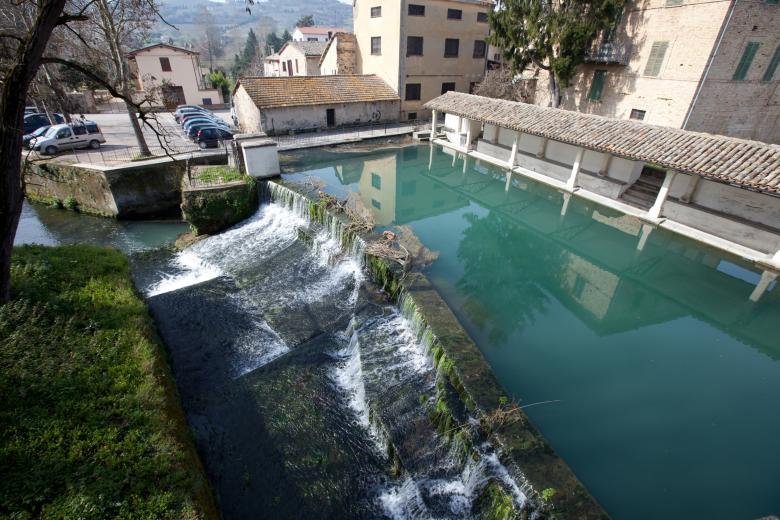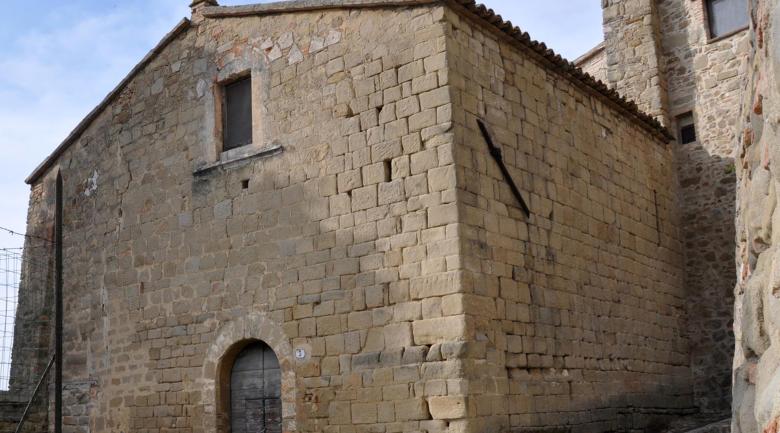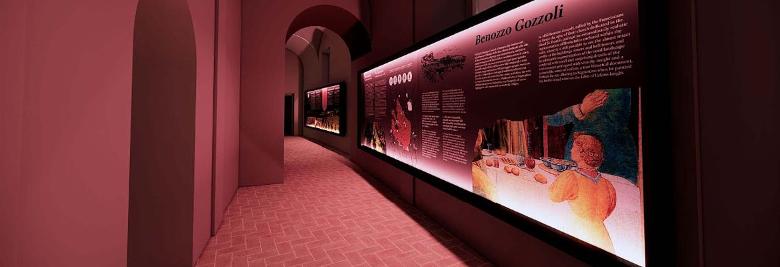Chiesa di San Michele Arcangelo - Bevagna
In Piazza Silvestri, opposite San Silvestro,
stands the church of San Michele Arcangelo, built in 1070 by Binello and Rodolfo. The masters are mentioned in an inscription at the entrance. The collegiate church was downgraded by Frederick II in 1248 and only in 1618, at the behest of Pope Paul V, did it regain its title.
Over the centuries, the church of San Michele Arcangelo underwent numerous changes: in the 15th century, the roof was restored at the behest of prior Bernardo Eroli, while in the 17th century, the interior and façade were adapted to the Baroque taste.
A new lobed rose window was opened by demolishing the original and part of the corbel with small arches; the interior, both of the church and the crypt, was entirely covered in stucco and vaults in “camorcanna” were added; the bell tower, built at the end of the 12th century, was modified in the upper part using salvaged pieces from the pre-existing bell tower.


















